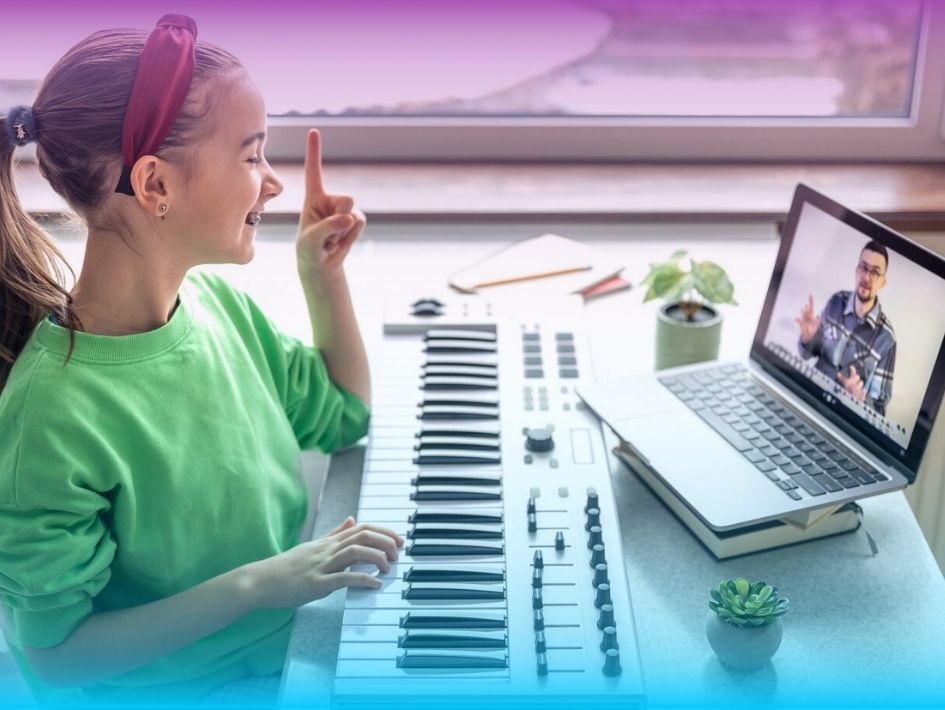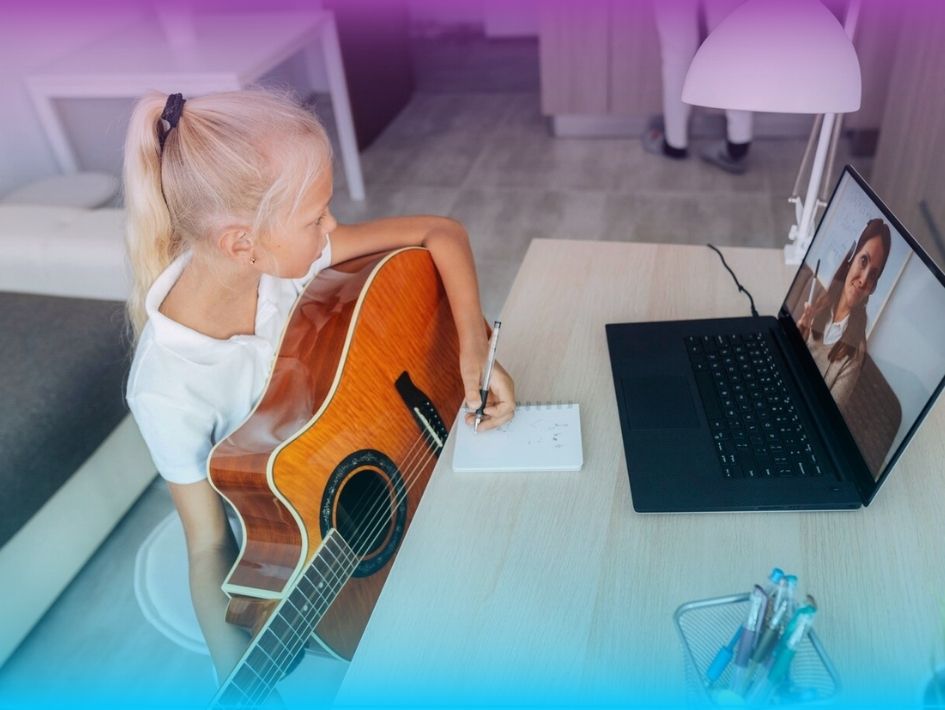Nowadays, building a strong teacher-student relationship online is more important than ever. With virtual classrooms becoming the new normal, teachers must find creative ways to connect with their students.
But how can you make meaningful connections when you're not in the same room? What best strategies build trust and engagement in a virtual environment? Let's explore how you can strengthen your teacher-student relationships while teaching online.
Why Are Teacher-Student Relationships Important?
A strong teacher-student relationship plays a significant role in learning. When students feel connected to their teachers,
they are more motivated, engaged, and willing to participate in class.
Good relationships lead to better communication and understanding. This makes it easier for learners to ask questions and for teachers to offer support. In a traditional classroom, building these relationships comes naturally.
You interact face-to-face, share a physical space, and can easily observe body language and emotions. But in a virtual setting, it's different. You don't have the same opportunities to connect in person, making the relationship-building process more challenging.
However, with the right approach, you can create an equally supportive and strong bond with your students online.
8 Virtual Teaching Tips for Building Strong Connections
1. Create a Welcoming Online Environment
A welcoming environment sets the stage for positive teacher-student relationships. In a physical classroom, learners feel comfortable because of the space around them. But in a virtual setting, the space is digital, and it's up to the teacher to make it feel inviting.
Here's how you can make your online classroom welcoming:
- Greet students warmly. Start each session by welcoming your learners by name. A simple "Hi, [student's name], how are you today?" makes them feel seen and valued.
- Encourage participation. Ask students about their day or how they're feeling. Let them know it's a safe space where they can share.
- Establish norms together. Work with your learners to set rules for your virtual classroom. This collaboration helps them feel ownership over the space.
- Use friendly visuals and backgrounds. Add some color and personalization to your virtual backdrop. Avoid using dull or cluttered visuals that might be distracting or intimidating.
2. Communicate Consistently and Clearly
Strong communication is key to building relationships, which is even more important in an online classroom. Learners feel more at ease when they know what to expect and understand instructions clearly.
Here are some communication tips for online teaching:
- Be clear with instructions. Give detailed directions for assignments and activities. Break tasks into smaller, manageable steps to avoid confusion.
- Use multiple communication channels. Use tools like email, chat, or classroom discussion boards to stay in touch with your learners. Make sure they can reach you if they have questions.
- Check in regularly. Set up individual or group check-ins to monitor progress and provide support. It's also a great way to get feedback from students on how they're doing.
3. Build Trust Through Consistency and Availability
Consistency is the foundation of trust, and it's essential in virtual learning, where learners don't have the chance to interact with teachers in person.
Ways to build trust in a virtual setting:
- Stick to a routine. Have a regular schedule for your classes and assignments. Predictability makes learners feel safe.
- Respond promptly. When learners ask questions or need help, respond quickly to show you're there for them.
- Be transparent. If something changes, like a deadline or an assignment, inform your students as soon as possible.

4. Encourage Student Engagement and Participation
In a virtual classroom, learners can sometimes feel isolated, which makes engagement even more essential. A strong teacher-student relationship grows when learners feel involved and heard.
Tips to engage students in a virtual classroom:
- Ask open-ended questions. Instead of yes/no questions, ask questions that encourage critical thinking. For example, you could ask, "What do you think might happen if…?"
- Use interactive tools. Incorporate virtual teaching tools like polls, quizzes, and breakout rooms to make learning interactive.
- Celebrate participation. Acknowledge student efforts, whether they answered a question or turned in a creative project. Positive reinforcement motivates them to stay engaged.
5. Show Empathy and Patience
In a virtual setting, learners might face various challenges, from technical issues to distractions at home. Being empathetic and patient can help foster a supportive relationship with them.
Here's how to practice empathy and patience:
- Be understanding. If a student has a bad internet connection or is struggling to turn in work on time, try to understand their situation rather than rushing to penalize them.
- Offer flexible deadlines. Allow for some flexibility when needed. Learners may have more responsibilities at home during virtual learning.
- Listen to their concerns. Give them opportunities to share their feelings and struggles, and offer support or solutions when possible.
6. Provide Personalized Feedback
Personalized feedback lets students know that you're paying attention to their progress. It can also help strengthen your connection with each student.
Effective ways to give feedback online:
- Highlight strengths first. Start by praising what they did well before offering constructive criticism.
- Be specific. Rather than saying, "Good job," state exactly what they did right, like "I loved how you used examples in your essay!"
- Encourage improvement. Offer helpful suggestions that guide learners on how to improve their work. Let them know that you trust their capability to succeed.
7. Foster Peer Interaction and Collaboration
Peer relationships are another important aspect of school life, and virtual learning shouldn't get in the way of students connecting with each other.
Tips to promote student collaboration:
- Use breakout rooms. These smaller virtual groups allow learners to work together on projects or discuss lessons.
- Group activities. Assign group projects or tasks that encourage teamwork and collaboration.
- Create virtual social time. Schedule time for learners to chat and get to know each other, much like recess in a physical school setting.
8. Encourage Creativity and Flexibility in Learning
One of the benefits of
virtual learning is the opportunity to explore creative ways of engaging with the material. Encourage learners to think outside the box and find new ways to express their understanding.
How to encourage creativity:
- Let students choose project formats. Give them options for how they want to present their learning—whether through a video, presentation, or written report.
- Use multimedia. Incorporate videos, images, and online tools that make lessons more dynamic and engaging.
- Adapt to different learning styles. Understand that students have different ways of learning. Offer a variety of activities that cater to different types of learners.
Summary
Building strong teacher-student relationships is
essential for motivation, engagement, and participation. In virtual classrooms, this can be more challenging, but it's still possible with the right strategies.
Teachers can create a welcoming online environment, communicate clearly, and promote student engagement. Consistency and availability build trust, while empathy and patience help support learners in facing challenges.
Encouraging creativity and collaboration keeps them involved and motivated. Personalized feedback further strengthens connections by showing attention to individual progress. Tools like breakout rooms, multimedia resources, and flexible assignments make
online learning interactive.
These efforts help students feel supported and engaged. With the right methods, online relationships can be just as strong as those in a regular classroom, making the virtual classroom a great place to learn.
Take the Next Step
Looking for more tips on improving your virtual teaching experience?
Visit Muzeg for helpful resources, tools, and strategies to enhance your virtual classroom today!
Final Notes
The key to building strong teacher-student relationships online is to create a friendly, open, and caring environment. While virtual teaching can be difficult, using the right methods can help you connect with your students on a deeper level. This will make them feel important and motivated to learn.
Even in an online classroom, strong relationships are the foundation of a great learning experience.


